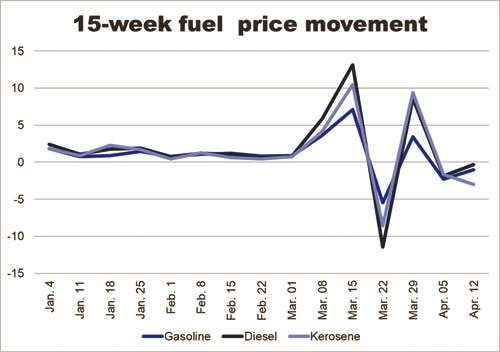The government is losing “tens of billions of pesos” as real estate properties are not taxed correctly amid the outdated valuation system.
Carlos Dominguez, Department of Finance (DOF) secretary, said reforms in the property valuation system that would let local government units (LGUs) collect the right amount of taxes by regularly updating the schedule of market values (SMV) in assessing real estate assets is the correct way to impose a so-called “wealth tax” on the rich.
Dominguez said unlike the wealth tax on movable assets that could only lead to capital flight and tax avoidance, properly taxing land ensures that the government gets to collect taxes on the rich because land cannot be hidden nor spirited away.
“The current valuation for real property tax purposes of land is outdated and very low as compared to real market value. The market value of prime commercial areas in Ayala Avenue within the vicinity of San Lorenzo in Makati City is only about P40,000 per square meter (sqm), based on the city’s SMV, when in fact, the real market value ranges from P400,000 to P900,000 per sqm. So we are losing tens of billions of pesos because that kind of wealth is not being taxed correctly,” Dominguez said.
The DOF checked on land values located in Barangays San Lorenzo and Bel-Air in Makati City, and it was discovered that the current SMV for real property tax (RPT) imposed by LGUs in these areas is only P40,000 per sqm, as opposed to the high-end zonal value of P940,000 per sqm used by the Bureau of Internal Revenue (BIR) to compute estate, donor’s and capital gains taxes, which are national taxes.
Estimating the total taxable commercial land area of Ayala Avenue in Barangay San Lorenzo, covering the vicinity from Salcedo Street to Makati Avenue, at 52,640 sqm, yields an assessed total value of P842.24 million based on the current SMV, which means that the collectible total RPT, including the additional levy for special education fund, at a maximum combined tax rate of 3 percent will amount to only P25.27 million, the DOF said.
“For both commercial areas, the total RPT would only amount to a relatively paltry P50.27 million based on the current SMV set by the Makati local government. Using similar computations for Barangay Bel-Air with an estimated land area of 52,080 sqm translates into an assessed value of P833.28 million, with a total RPT of only P25 million,” the DOF said.
“But if the more current zonal values were used to compute the RPT — as what the BIR has set — the assessed value for the sample commercial land area in Ayala Avenue within the vicinity of Barangay San Lorenzo would be P19.79 billion, while it would be P19.58 billion for Barangay Bel-Air,” it added.
Thus, the DOF said the total RPT that could be collected yearly would be higher at P593.78 million for Barangay San Lorenzo and P587.46 million for Barangay Bel-Air, or a total of P1.18 billion for these sampled commercial areas in Ayala Avenue.
The collectibles using the zonal value is higher by P1.13 billion or 2,250 percent as compared to the tax due using the SMV of LGUs, Dominguez said.
“That kind of wealth cannot escape to offshore accounts or anywhere. That is wealth here.
The other kind of wealth they want to tax can disappear,” Dominguez said, referring to the proposals of some individuals and legislators to impose a “wealth” tax on the country’s richest Filipinos.
Dominguez said because RPTs are local taxes, the LGUs are in the best position to implement this effective form of wealth tax by using updated SMVs and a property valuation system aligned with international standards.
The DOF said LGU officials, however, are hesitant to impose the RPT based on updated SMVs mainly because of political considerations, although the Local Government Code states that these should be updated every three years.
Property values inevitably appreciate over time and faster in metropolitan areas, but the tax that is rightfully due to government is not appropriately collected, thereby violating the principle of equity in real property taxation, the DOF said.
Dominguez said this is why the DOF has long been pushing the passage of the Real Property Valuation and Assessment Reform Act, which is the third package of the Duterte administration’s comprehensive tax reform program.
This proposed tax reform aims to promote the development of a just, equitable and efficient real property valuation system and broaden the tax base used for property-related taxes imposed by the national and local governments.
The goal is to increase government revenues without increasing the existing tax rates or devising new tax impositions.





